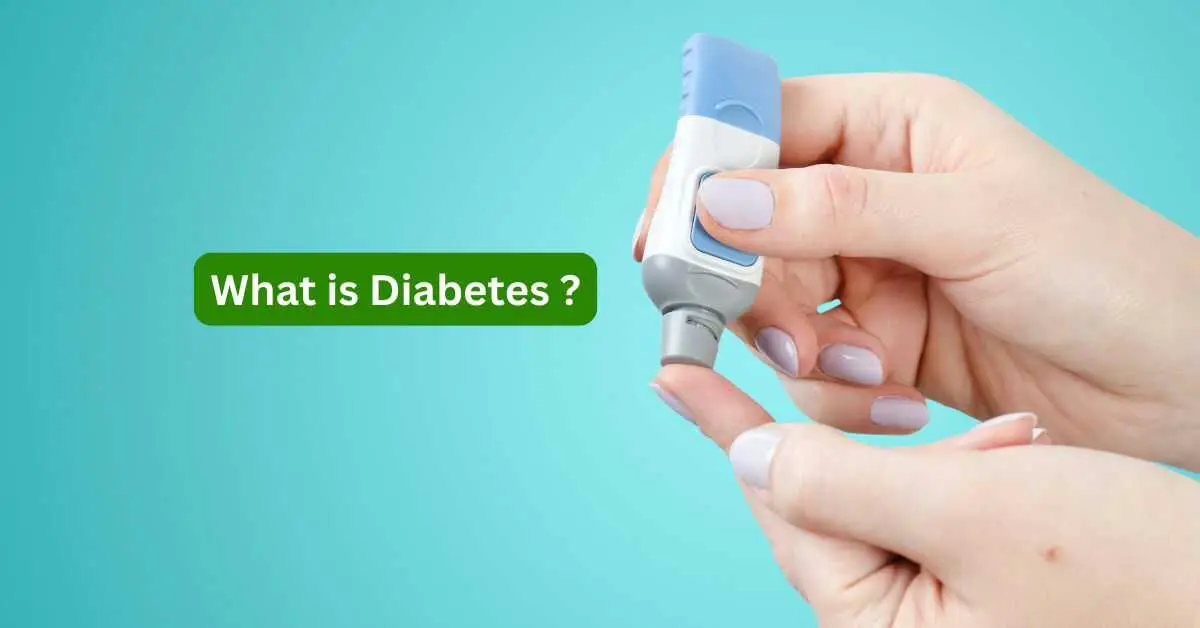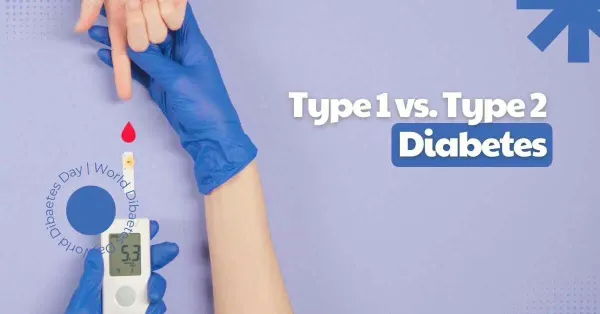Diabetes Will Change Your Life – But Here's How You Can Fight Back!

Diabetes Will Change Your Life if not taken care of properly. Diabetes, or what many in India call “sugar,” is more than just a medical condition—it’s a life-changing challenge that affects millions of people. Imagine a body where the energy you get from food cannot be used properly because your body isn’t producing enough insulin, or your cells are refusing to accept it. This is exactly what happens in diabetes.
Glucose, or sugar, is our body’s primary source of energy, and insulin—a hormone made by the pancreas—helps transfer this energy into the cells. But when insulin doesn’t work properly or isn’t produced in sufficient quantity, glucose starts accumulating in the blood, leading to high sugar levels, and over time, it causes diabetes.
I have personally seen how diabetes impacts people—my uncle, once an active and cheerful person, had his life turned upside down when he was diagnosed. His daily routine changed completely, filled with blood tests, diet control, and strict monitoring of his sugar levels. He had to give up his favorite sweets and snacks, something most of us take for granted.
The scariest thing about diabetes is that it doesn’t just come alone—it brings with it fatigue, constant thirst, slow-healing wounds, vision problems, and if left unchecked, even heart, kidney, and nerve complications. But the good news is, with the right lifestyle, proper medication, and awareness, it can be controlled and managed well.
Types of Diabetes
Diabetes isn’t a one-size-fits-all disease; it has different types. Understanding the type of diabetes you or your loved one has can make a significant difference in how it is managed.
1. Type-1 Diabetes:
This is often called “juvenile diabetes” because it mainly affects children and young adults. It occurs when the body’s immune system mistakenly attacks insulin-producing cells in the pancreas, stopping insulin production altogether. Since insulin is essential, people with Type-1 diabetes must rely on daily insulin injections or insulin pumps for survival.
A friend’s younger sister was diagnosed at just 12 years old. I remember how her parents were heartbroken, wondering how she would cope. It was tough at first, but she eventually learned to manage it with insulin injections and a disciplined lifestyle.
2. Type-2 Diabetes:
This is the most common form of diabetes, usually affecting adults over 40, though it’s now increasingly seen in younger people due to unhealthy eating habits, sedentary lifestyles, and obesity. In Type-2 diabetes, the body either doesn’t make enough insulin or becomes resistant to it, meaning the insulin isn’t used properly. Type-2 Diabetes can Change Your Life if not taken care of properly, it can damage your organs like kidney, liver, eyes.
My uncle, who loved spicy street food and sweets, was diagnosed with Type-2 diabetes in his 50s. It was an eye-opener for him. After initial struggles, he slowly embraced a better lifestyle with healthier eating habits and regular walks. It took him years to reverse some of the damage, but his sugar levels are now much better managed.
3. Gestational Diabetes:
This type of diabetes occurs in pregnant women when their blood sugar levels rise temporarily. It usually disappears after childbirth but increases the risk of developing Type-2 diabetes later in life. A friend of mine faced this during her pregnancy—she was initially very worried, thinking it might harm her baby. But by following the doctor’s diet plan and monitoring her sugar levels regularly, she had a safe and healthy delivery.
Other Forms of Diabetes
There are also some lesser-known types of diabetes:
- Type 3c Diabetes: Occurs when the pancreas is damaged due to conditions like pancreatitis or surgery.
- LADA (Latent Autoimmune Diabetes in Adults): Similar to Type-1 diabetes but develops later in adulthood.
- MODY (Maturity Onset Diabetes of the Young): A rare genetic diabetes usually diagnosed in people under 25.
- Neonatal Diabetes: Occurs in newborns within their first six months of life.
- Brittle Diabetes: A severe form of diabetes with unpredictable blood sugar swings.
- Pre-diabetes: A stage where blood sugar is higher than normal but not yet at diabetic levels—this is a golden opportunity to reverse it with a healthy lifestyle.
How Common is Diabetes in India?
India is unfortunately known as the Diabetes Capital of the World. Research shows that:
- Over 101 million (10.1 crore) Indians are currently living with diabetes.
- 136 million (13.6 crore) are pre-diabetic and at risk.
- Since 2019, the number of cases has increased by 44%.
- Worldwide, 537 million people have diabetes, and this number is expected to keep rising.
These aren’t just statistics—these are real people, our family members, neighbors, and colleagues. It is high time we take awareness and prevention seriously!
Symptoms of Diabetes
Recognizing diabetes early can prevent complications. Here are some common signs:
- Frequent urination (waking up multiple times at night)
- Excessive thirst and dry mouth
- Unexplained weight loss despite eating well
- Fatigue and tiredness that won’t go away
- Blurred vision due to fluctuating sugar levels
- Slow-healing wounds and infections
- Dizziness and lightheadedness
My uncle had almost all these symptoms, but he ignored them for months, thinking it was just work stress. It was only when his vision started getting blurry that he went for a check-up and discovered he had high blood sugar levels.
How is Diabetes Diagnosed?
Doctors use several blood tests to diagnose diabetes:
- Fasting Blood Sugar (FBS): Measures blood sugar after an 8-hour fast. A level above 126 mg/dL indicates diabetes.
- Oral Glucose Tolerance Test (OGTT): Measures sugar levels before and after drinking glucose. A result above 200 mg/dL confirms diabetes.
- HbA1C Test: Gives an average of blood sugar levels over 3 months. A reading above 6.5% suggests diabetes.
- Random Blood Sugar Test (RBS): If sugar levels are above 200 mg/dL at any time of the day, diabetes is likely.
Complications of Diabetes
Diabetes is called the “silent killer” for a reason. If not controlled, it can cause:
- Heart diseases, strokes, and high blood pressure
- Kidney failure, requiring dialysis or transplant
- Nerve damage (neuropathy) causing tingling or numbness
- Loss of eyesight (diabetic retinopathy)
- Brain disorders like Alzheimer’s
How to Manage Diabetes Effectively
The best way to manage diabetes is through lifestyle changes:
- ✅ Eat a healthy diet (more fiber, less sugar, more fresh foods)
- ✅ Exercise regularly (walking, cycling, swimming, yoga)
- ✅ Monitor sugar levels consistently
- ✅ Avoid smoking and alcohol
- ✅ Manage stress through meditation and good sleep
Final Thoughts
Diabetes may be a lifelong condition, but it doesn’t have to stop you from living a full and active life. My uncle’s journey showed me that discipline, proper care, and a positive attitude can help manage it successfully. You can live a healthy life if you manage your diabetes properly and Diabetes Will Change Your Life if not taken care of properly. Lets beat it.
So let’s take charge of our health—one small step today can prevent a lifetime of complications! 💙🌿




